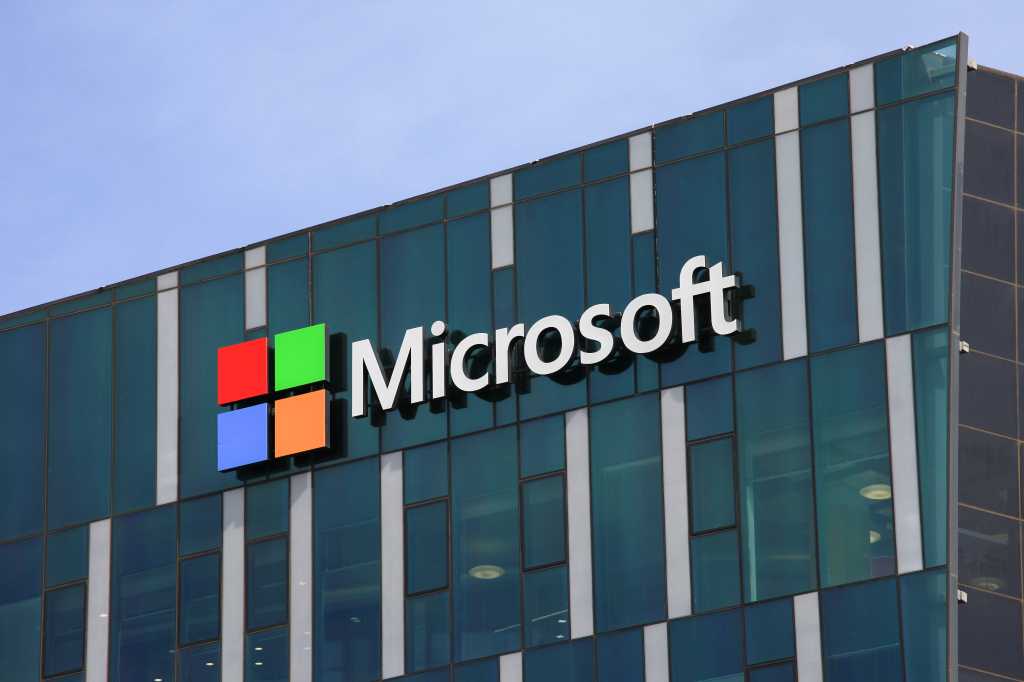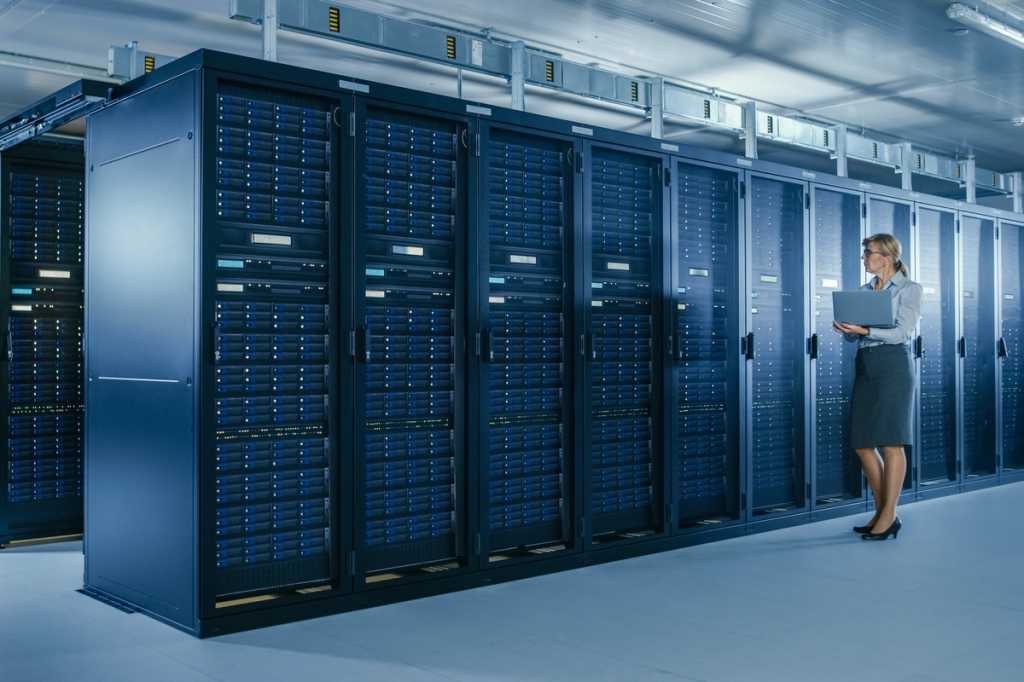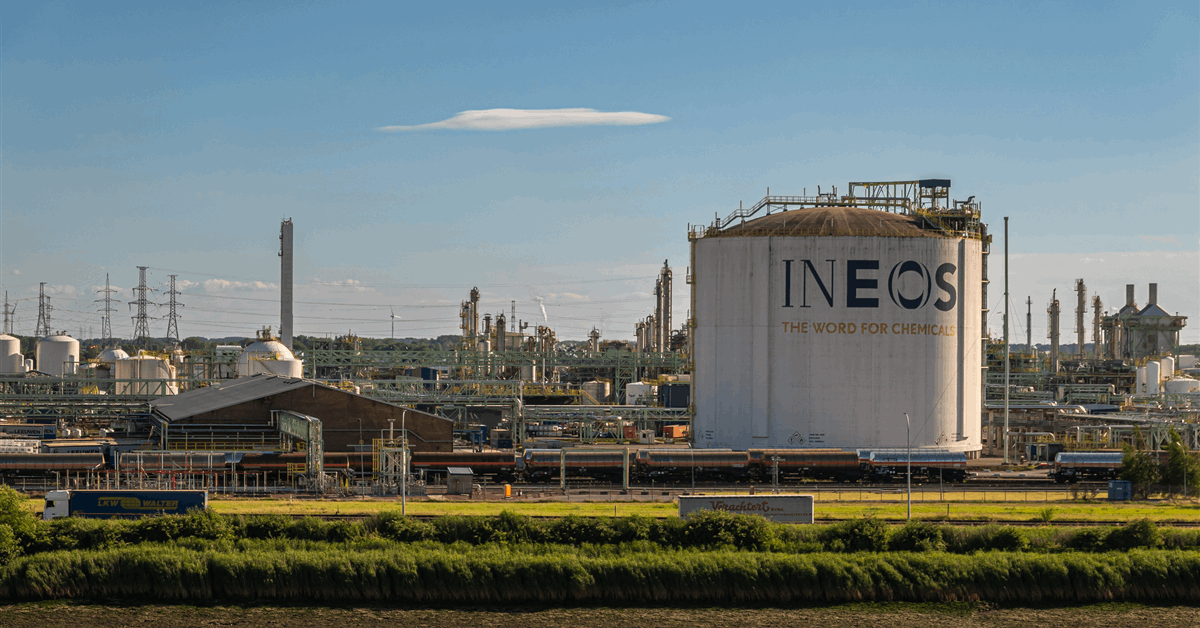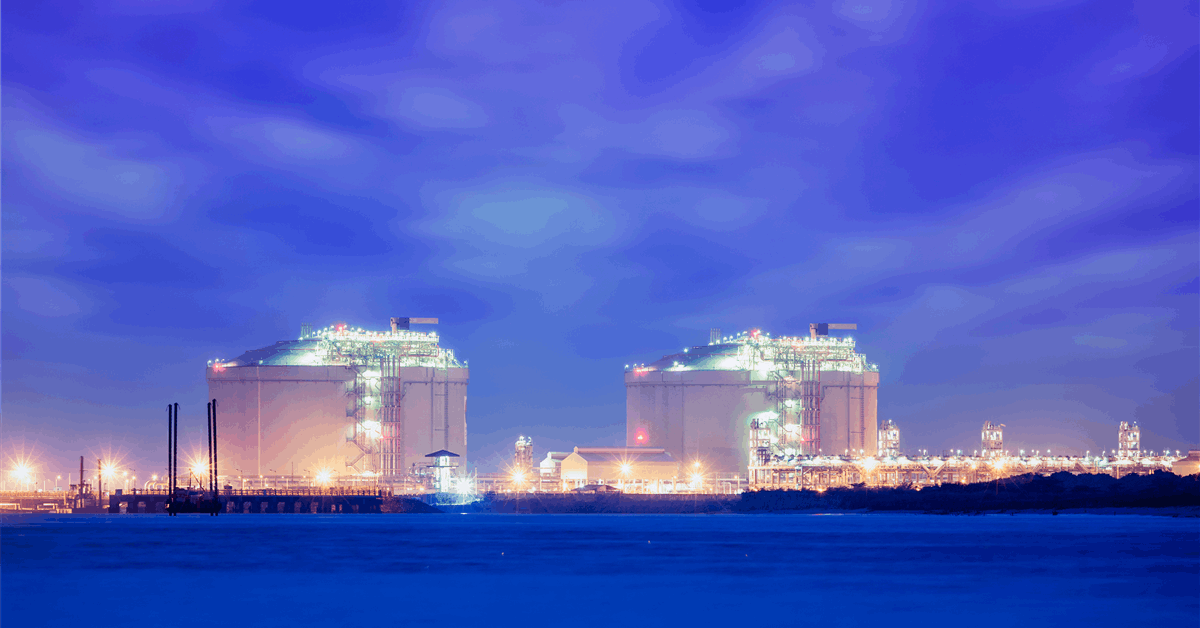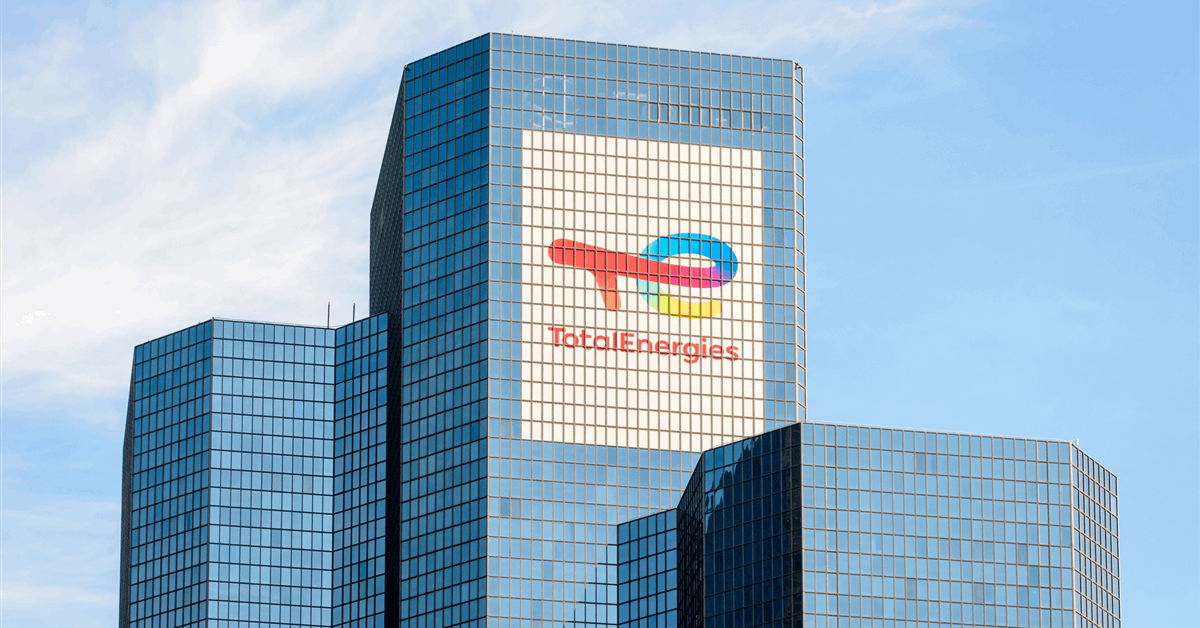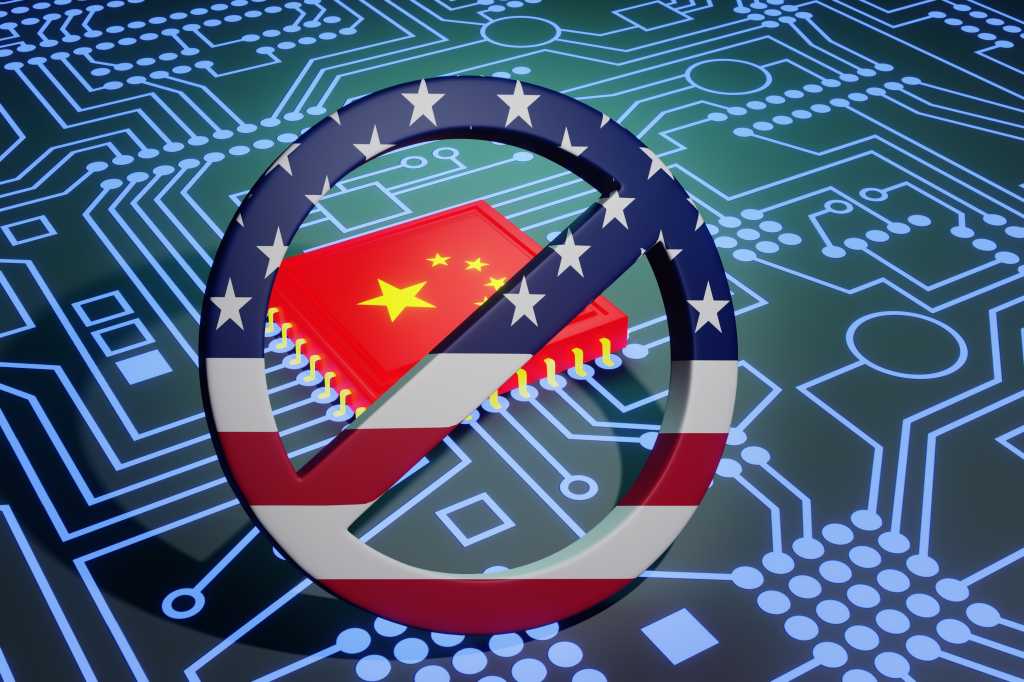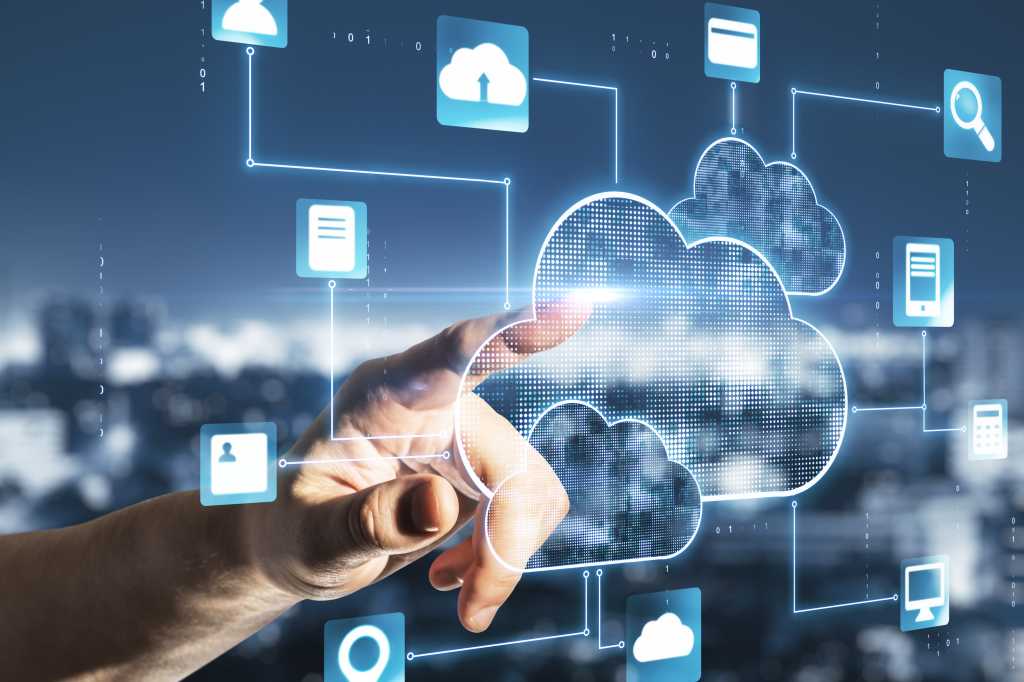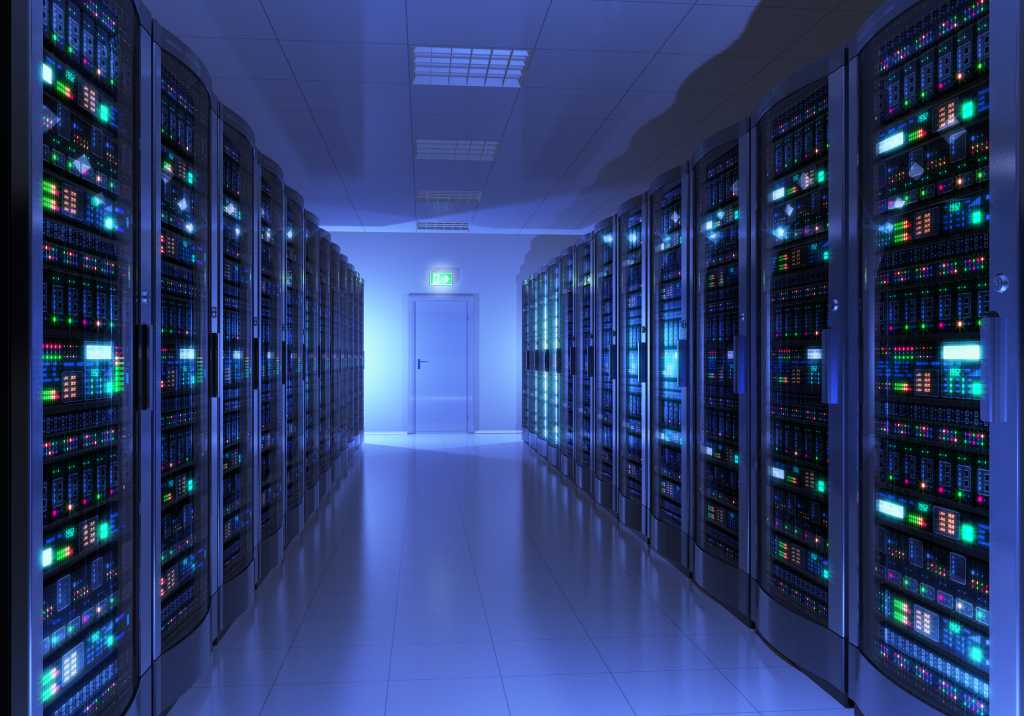
Forrester’s bottom line? “Because of the long term planning and all of the potential policy changes, I wouldn’t change my data center plans that much,” Nguyen said.
Confusion reigns
Every day it seems, the tariff situation becomes muddier. For example, according to a fact sheet released Wednesday, the White House has temporarily exempted semiconductors from tariffs, but not the aluminum used to build the servers and racks that house them.
Furthermore, Scott Bickley, advisory fellow at the Info-Tech Research Group, said it is important to note how the various countries match with the various components.
“Just about every major cost center for the buildout of a data center will be severely impacted by the new tariffs. Servers and hardware, including semiconductors, memory, network components, cabling, construction materials are going to see prices rise overnight once the tariffs go into effect,” Bickley said. “Consider that China, which has a 54% full tariff, is a major source of raw materials and rare earth elements essential for manufacturing DC components while Taiwan, at a 32% tariff rate, is the sole-source provider country for most advanced chipsets used in AI, cell phones, and any modern application footprint requiring high performance in a small footprint. South Korea (25% tariff) is a key provider of memory chips, while Japan (24%), Germany (20% EU rate), and the Netherlands (20% EU rate) are providers of sub-components like server racks, cooling systems, and semiconductor equipment.”
But, he continued: “Now factor in the offshore/nearshore contract manufacturers like Mexico and Vietnam (46%) for electronics manufacturing (assembly and distribution) and Malaysia (10%) for semiconductor packaging, and it is clear to see that the complete technology supply chain leading into the data center will be taxed at multiple touchpoints.”
Put all of that together and Info-Tech anticipates a lot of enterprise data center pain.

